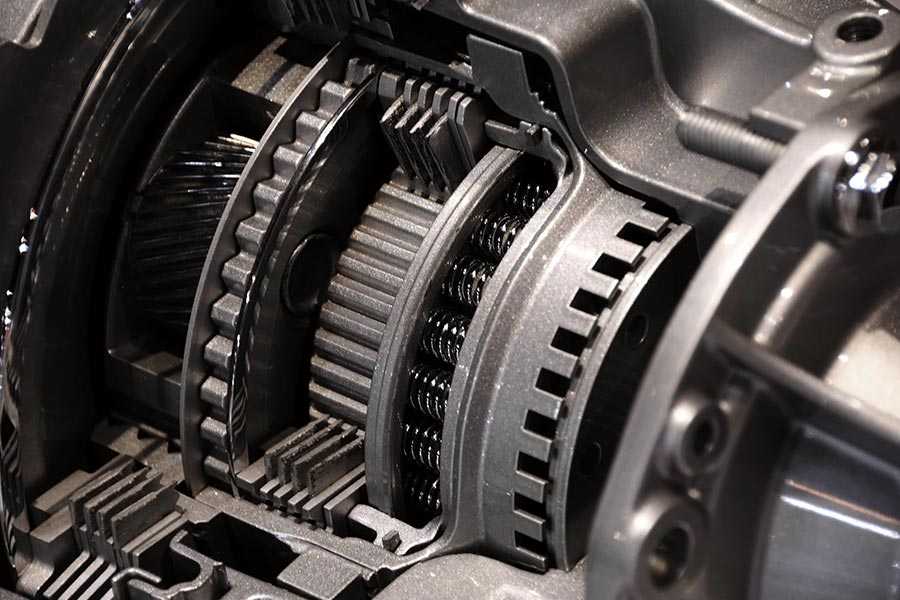
The automatic transmission, an integral part of your vehicle, is a complex mechanism made up of varying gears and controls as well as digital components. Because of this, automatic transmissions can be a little costly to replace which is why it is important to know what a properly functioning one operates like. Identifying some of these common transmission issues early can help save you from the inconvenience of a busted transmission and the high repair costs that come along with it. When it comes to your vehicle, you always want to keep it running in the best possible condition so that you can get as many good miles out of it as possible.
Check Engine Light
Okay, Okay. This one might seem obvious, but it is important to remember exactly why that little check engine light comes on. Your vehicle has many digital sensors in it, including in your transmission. When something is wrong, these sensors will not read properly which will signal the check engine light to come on. Your check engine light could be letting you know something as small as your gas cap not being tightened all the way or that a key element of your transmission is not working properly. Just because your vehicle seems to be running fine, don’t ignore a check engine light. This could be your opportunity to make crucial repairs before they snowball into something worse.
Low Transmission Fluid
Transmission fluid should never leak, and if it does, this is something you will want to get repaired as soon as possible. Low transmission fluid can cause a lot of friction within your transmission, eventually causing it to breakdown. The fluid is often bright or dark red, so if you notice fluid like this under your vehicle when it is parked, this is a sign you have a leak. Catching it early could be a really simple repair for your mechanic, but letting it go too long can cause it to be extremely costly.
Slipping Transmission
The main job of your transmission is to control the amount of power that your car needs based on various speeds – basically changing the gears appropriately as you drive. When a transmission starts slipping, it is a sign that something in your vehicle is not communicating properly, causing the transmission to send too much power. The most common sign of a slipping transmission is when you are driving at a steady pace and the rpm’s suddenly rise involuntarily but your vehicle does not increase its speed. You will likely hear a loud whining sound as if your car is attempting to go faster. This will initially only last for a moment, but it is not something that you want to ignore. Letting your mechanic know when this occurs is the best place to start in getting your vehicle the proper care it needs.
Smells and Sounds
In general, it’s a good rule of thumb to be aware of any new sounds or smells that occur in your vehicle. While not every new symptom is connected to your transmission, it is likely the result of something going on with your vehicle that you will want to have a mechanic check out. When it comes to your transmission specifically, burning smells are often an indicator of overheating in the fluid. Your transmission fluid plays a very important role in your vehicle running properly, so if there is an issue with the fluid, regardless of the cause, you will want to have this repaired as quickly as possible. The consequences of waiting on repairing it could lead to a complete transmission failure.
Aside from the way it smells, issues with your transmission can also cause some new sounds that you will want to pay attention to. These sounds can include humming or whining, the clunking sound of metal, or if your vehicle is in neutral and it makes more noise than usual. Any unfamiliar sounds should result in a conversation with your mechanic so that they can find the source and solution!






